Sustainability Initiatives
The growing emphasis on sustainability within the maritime sector is a key driver for the Offshore Marine Emission Control System Market. Stakeholders, including shipping companies and regulatory bodies, are increasingly prioritizing environmentally friendly practices. As of 2025, many organizations are adopting sustainability initiatives that focus on reducing carbon footprints and enhancing energy efficiency. This shift is prompting investments in emission control technologies that align with sustainability goals. Furthermore, the rising awareness among consumers regarding environmental issues is pressuring companies to adopt greener practices. Consequently, the Offshore Marine Emission Control System Market is likely to experience heightened demand as businesses seek to implement solutions that not only comply with regulations but also resonate with sustainability objectives.
Technological Advancements
Technological innovations play a pivotal role in shaping the Offshore Marine Emission Control System Market. The development of advanced scrubber systems, selective catalytic reduction technologies, and hybrid solutions has revolutionized the way emissions are managed in marine operations. As of 2025, the market is witnessing a surge in the adoption of these technologies, driven by their effectiveness in reducing harmful emissions. For instance, the integration of real-time monitoring systems allows operators to optimize performance and ensure compliance with regulatory requirements. This technological evolution not only enhances the efficiency of emission control systems but also contributes to the overall sustainability of marine operations, thereby propelling the Offshore Marine Emission Control System Market forward.
Economic Incentives and Funding
Economic incentives and funding mechanisms are emerging as significant drivers for the Offshore Marine Emission Control System Market. Governments and international organizations are increasingly offering financial support to encourage the adoption of emission control technologies. As of 2025, various funding programs and subsidies are available to assist ship operators in upgrading their fleets with advanced emission control systems. These financial incentives not only alleviate the initial investment burden but also promote the transition towards cleaner technologies. Additionally, the potential for reduced operational costs through improved fuel efficiency further incentivizes the adoption of these systems. Thus, the Offshore Marine Emission Control System Market is poised for growth as economic incentives facilitate the widespread implementation of emission reduction technologies.
Market Competition and Innovation
The competitive landscape of the Offshore Marine Emission Control System Market is characterized by rapid innovation and technological advancements. As companies strive to differentiate themselves, there is a notable emphasis on research and development to create more efficient and effective emission control solutions. As of 2025, the market is witnessing an influx of new entrants and established players investing in innovative technologies that enhance performance and reduce costs. This competitive environment fosters collaboration between manufacturers, technology providers, and shipping companies, leading to the development of cutting-edge solutions. Consequently, the Offshore Marine Emission Control System Market is likely to benefit from continuous innovation, driving growth and improving the overall effectiveness of emission control systems.
Regulatory Compliance and Standards
The Offshore Marine Emission Control System Market is significantly influenced by stringent regulatory frameworks aimed at reducing emissions from marine vessels. Various international agreements, such as MARPOL Annex VI, impose limits on sulfur oxides and nitrogen oxides emissions, compelling ship operators to adopt emission control technologies. As of 2025, the International Maritime Organization has set ambitious targets for reducing greenhouse gas emissions, which further drives the demand for advanced emission control systems. Compliance with these regulations not only mitigates environmental impact but also enhances the operational efficiency of vessels. Consequently, the Offshore Marine Emission Control System Market is expected to witness robust growth as companies invest in technologies that ensure adherence to these evolving standards.


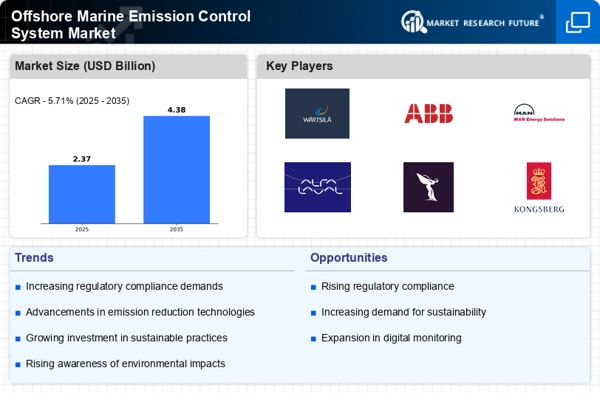
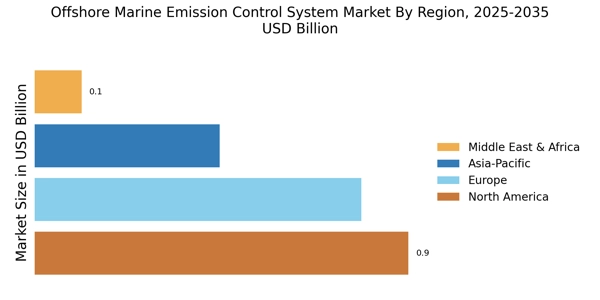

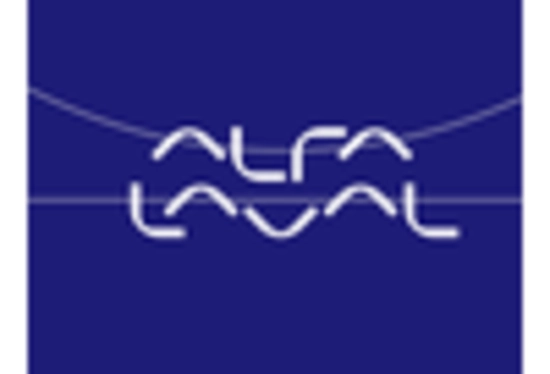
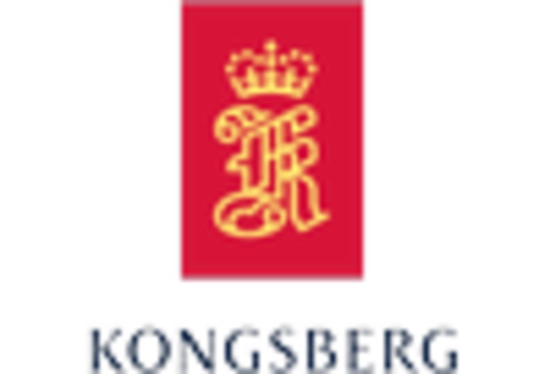
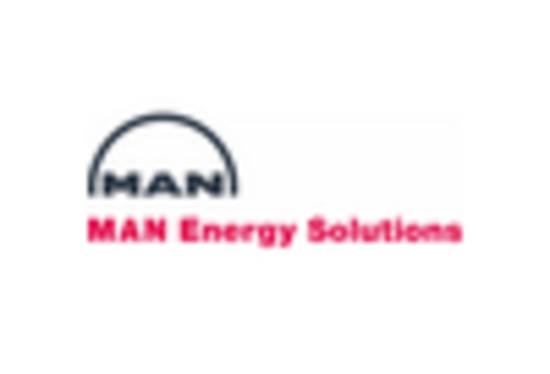










Leave a Comment